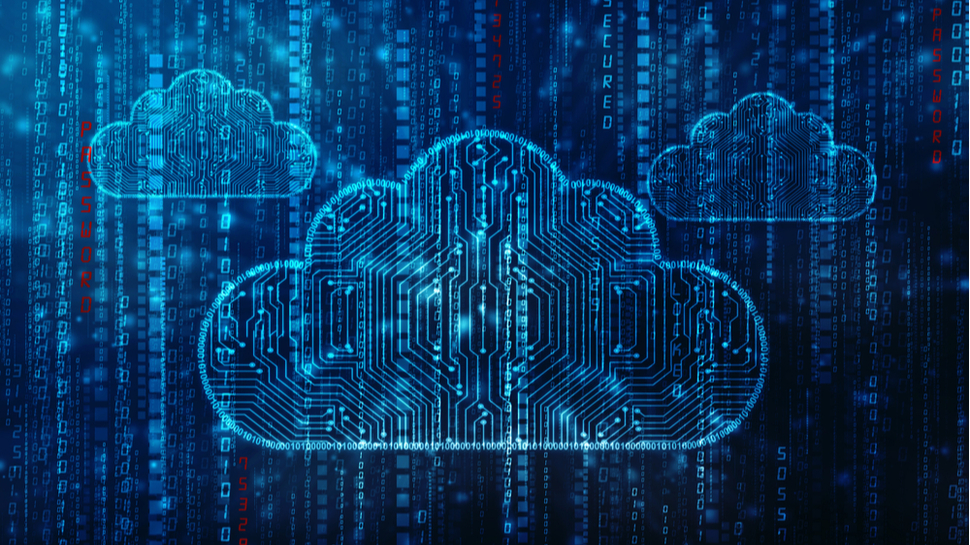
Today’s enterprises are increasingly multi-cloud, harnessing an average of three different cloud service providers (CSPs) to achieve flexibility, efficiency, and scalability. Alongside the growing use of containerization with technologies such as Kubernetes, these expanding cloud environments are delivering huge benefits. However, this also leads to greater, more complex issues around visibility, security, and cost.
If data is the new gold, enterprises need to have full visibility and full control over this precious resource. The question is, how can businesses take responsibility for their cloud-based data if they lack visibility into what or where it is? Here we explore why visibility is more important than ever in today’s multi-cloud world, and why a single-view approach is needed to ensure a return on cloud strategies.
Isolated visibility or big picture?
Visibility is at the core of robust data management strategies. If you cannot see data, how can you control, protect, and utilize it?
In harnessing the benefits of the cloud, enterprises want to reduce the operational complexity and costs associated with managing multi-cloud environments, while also ensuring that they own and control their data no matter where it resides. Where visibility and control are lacking, enterprises cannot realize the value of their data. They may incur unnecessary costs such as redundant storage and face greater compliance challenges. Not only that, but cloud-based data blind spots undermine data and application resiliency and cybersecurity.
However, as uncovered in our latest research, four in ten organizations confess they don’t have full visibility into data stored in cloud environments, and 92% said they needed to improve their ability to track their entire data footprint.
With a view and control of the entire data estate—across edge, data center, and cloud—from a single pane of glass, organizations can realize the benefits of multi-cloud without losing control and authority over their data.
Ian Wood is the Senior Director and Head of Technology at Veritas.
A native trapdoor
One of the fundamental reasons enterprises turn to CSPs is the perceived benefits of ease of use, flexibility, cost-effectiveness, and peace of mind in terms of core needs such as security, backup and recovery. While the public cloud does indeed offer a myriad of benefits, organizations are in danger of assuming they are getting more than they actually are.
Sign up to the TechRadar Pro newsletter to get all the top news, opinion, features and guidance your business needs to succeed!
For example, the complexity of multi-cloud environments is leading many organizations to rely heavily on CSPs’ standard, add-on services for data security, backup, and recovery. These basic tools can create a false sense of security because they do not provide cross-cloud visibility and observability for all data and applications, as well as continuous data protection.
And, in a world where ransomware has evolved into a sophisticated form of organized crime, CSP tools do not offer the level of ransomware resilience, immutable storage, and reliable disaster recovery today’s enterprises require. As a result, companies using these native tools are more severely impacted by ransomware.
The good news is that many recognize this risk and can take action. Almost three-quarters(73%) of enterprises told us they are aware of gaps in their cybersecurity when using a native cloud security tool. And over half said their organization is at risk of being the victim of ransomware as a result of relying on native cloud security backup.
Add to this is the fact that more than six in ten enterprises rely on default settings, rather than configuring native tools to their organization's unique requirements. In most cases, these settings do not provide adequate cover and instead widen the vulnerability gap.
As The Center for Internet Security warns, “To avoid a gap in protection, consider implementing third-party tools to harden systems in addition to the CSP’s native security tools. It’s better to have overlaps between third-party security tools and the CSP’s security services than to have gaps in your cloud security.”
Native tools may appear easy to implement as an add-on service and seem cost-effective at the outset, but these are dangerous and potentially costly mistakes. Until organizations reassess their reliance on multiple and disparate CSP tools, visibility into their enterprise operations will remain low, while their vulnerability to ransomware attacks, potential for data and financial loss, and downtime and compliance issues will likely increase.
A transformative infrastructure
The rise of multi-cloud creates a transformative infrastructure and application development platform for enterprises. Tools offered by CSPs deliver basic functionality, but mission-critical applications require enterprise-grade capabilities and cross-cloud data mobility and visibility.
There is a clear advantage to streamlining data visibility and protection with a single solution that can reduce costs and complexity, as well as provide enhanced and multiple layers of cloud data and application security.
When you are in control of your multi-cloud, you get the most out of your enterprise’s most valuable resources by enabling cost optimization, accelerated technology adoption, fast recovery, analytics and insights, in tandem with cyber resiliency.
Ian Wood is the Senior Director and Head of Technology at Veritas, a global leader in data management. He has over 29 years of working experience and is a passionate of technology.
